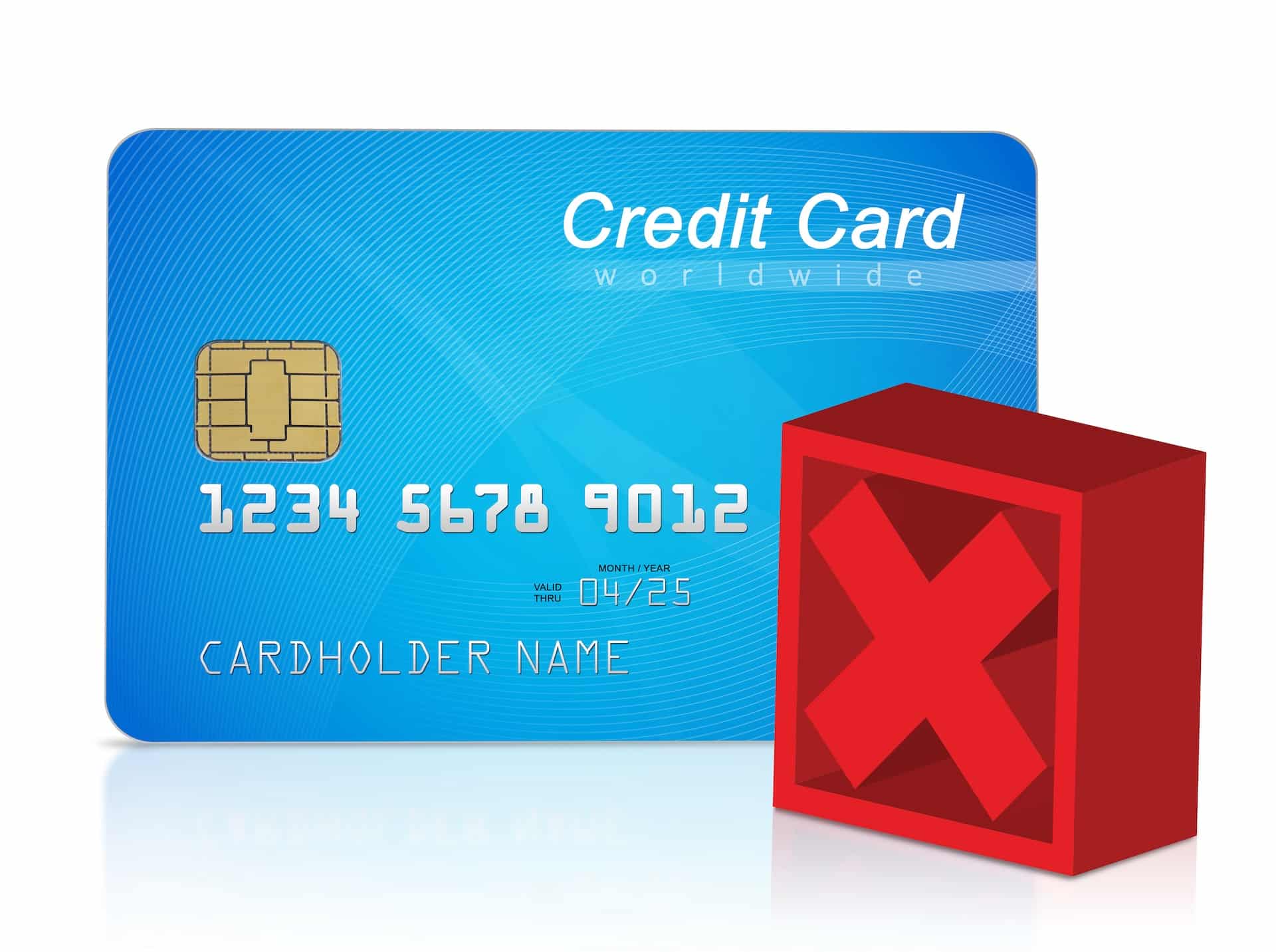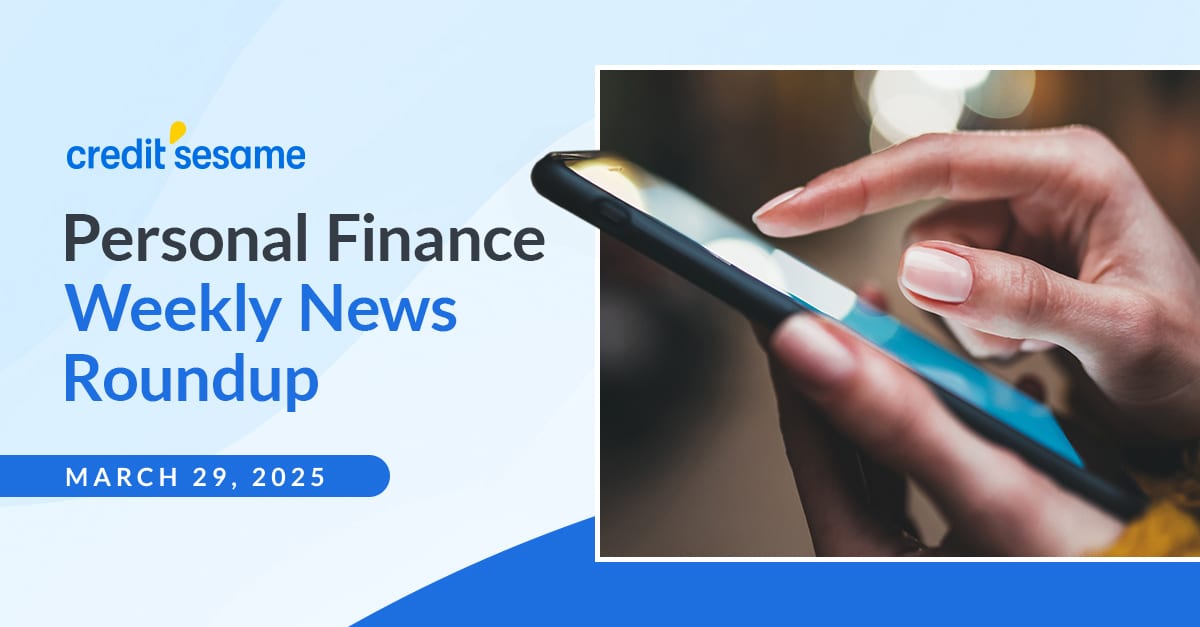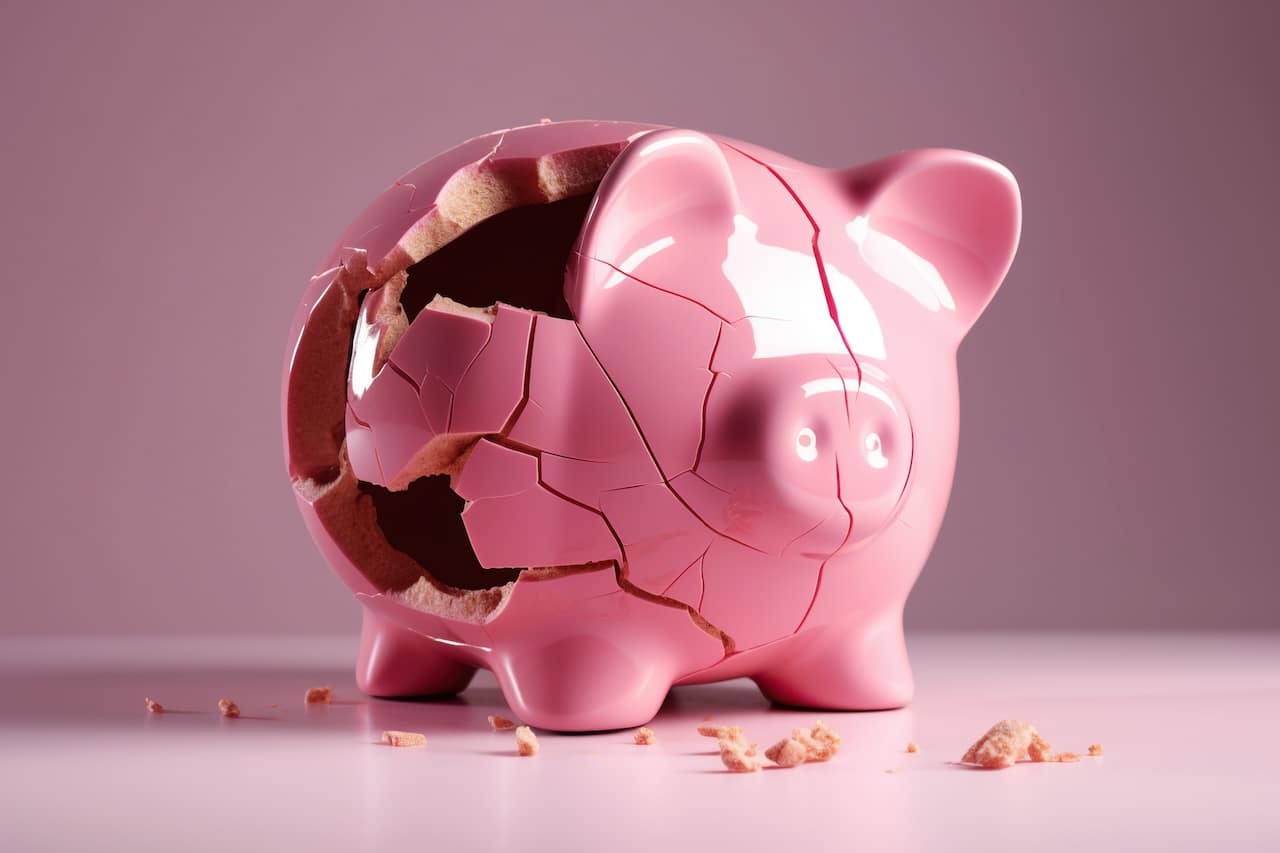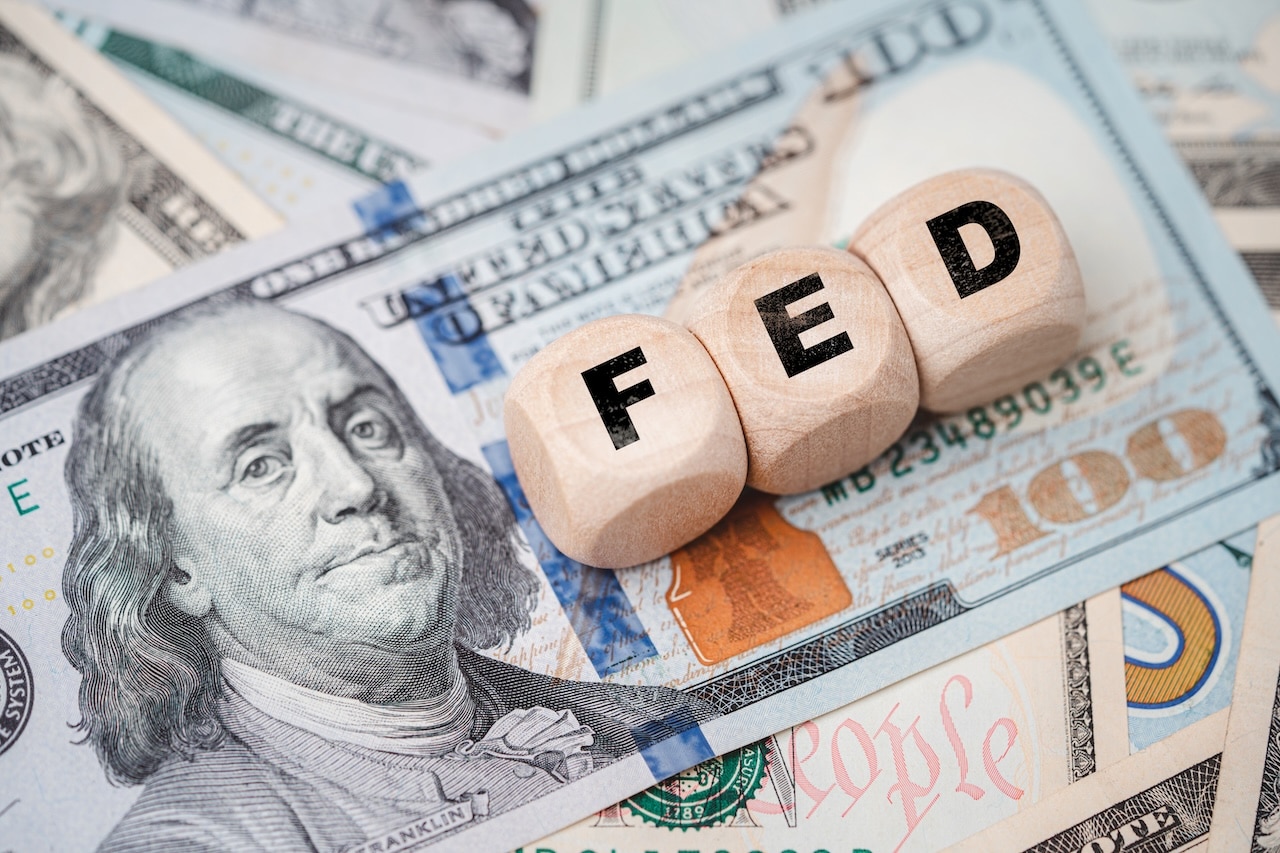Credit Sesame on credit card mistakes and how to avoid them.
Mistakes happen, and they can often be forgiven. However, make a mistake using your credit card and you may not be forgiven easily. Some issues could cost you money and cause your credit scores to fall. Here are some of the biggest mistakes to avoid with your credit cards.
1. Not paying on time
Not paying any of your bills reported to the credit bureaus can hurt your credit score, but not paying a credit card bill on time can hurt in a few other ways too.
By paying late, we mean more than 30 days late, when the major credit bureaus are notified. Late payments can stay on a credit report for up to seven years after the delinquency date, even if you catch up on the missed payment later.
Payment history accounts for the largest percentage of a credit score, 35%, so late payments can make it harder to qualify for credit at the best interest rates.
Late fees may be assessed by your credit card company, though they’re limited by federal law to:
- Up to $30 for an initial late payment
- Up to $41 for subsequent late payments in the same or one of the next billing cycles.
Your interest rate may be increased by a penalty APR if you don’t make a credit card payment for 60 days or longer. Rates vary but can be as high as 29.99%
Eventually, your credit card provider will likely contact you about missing payments. If you still don’t pay, the account will default and your account could be sent to a collection agency.
2. Only making the minimum payment
Making only the minimum payment on your credit card bill is tempting. Few other bills have this option. Your landlord, cable provider, utility company and others typically require you to pay the entire balance of each monthly bill.
A high credit card balance, or even a moderate one, can look overwhelming on a statement. That may push you to make only the minimum payment due, which may seem logical at the time. But carrying a credit card balance by paying only the minimum can get expensive.
Credit card interest rates can change, and interest is usually compounded daily, meaning you’re paying interest on interest and the principal balance.
The minimum payment is usually based on a percentage of your balance if you owe more than $1,000, such as 1-2%. Owe less, and you’ll either be charged a fixed dollar amount such as $25, or the full balance if you owe less than $25.
Suppose you carry a $5,000 balance on a card that charges 18% interest. The minimum payment is 2%, or $100 on a $5,000 balance. It would take seven years and 10 months to pay off the balance. The total interest paid would be $4,311.
But the interest rate rises to 29% if payment is more than two months late and the penalty APR kicks in. If the minimum payment increases to 3%, you must pay at least $150 per month. It would take five years and 9 months to pay off the balance. The total interest paid would be $5,286.
That’s more than the amount borrowed in interest alone and 22% more than paying $50 less for almost eight years. The good news? The bill would be paid off about two years earlier with the higher minimum payment.
| Balance | Minimum % due | Minimum $ due | Interest rate | Payoff time | Total interest paid |
| $5,000 | 2% | $100 | 18% | 7 yrs, 10 mos | $4,311 |
| $5,000 | 3% | $150 | 29% | 5 yrs, 9 mos | $5,286 |
3. Cash advances
Many credit cards can be used to withdraw cash from an ATM, a cash advance on a credit card. But it can cost you in a few ways:
- A typical fee is 5%. Withdraw $200 and the fee is $10.
- Interest charges of up to 29.99% start accruing immediately from a cash advance APR.
4. Adding too much debt on your credit card
Making the minimum payment and not paying your credit card balance in full each month is bad enough. Use too much of the credit amount available on a card, called a credit utilization ratio, and your credit score could drop.
And, of course, you’re stuck paying off a credit card balance for months, if not years.
The credit bureaus don’t have a set rule on how much credit consumers should use, but a credit utilization ratio below 30% is a good starting point. Get it below 10% and you should be much better off. Getting to 0% is possible by paying off your bill each month.
The ratio is calculated by dividing your credit card debt by your available credit. With $30,000 in available debt and a $3,000 balance, the equation is 3,000/30,000 = 0.1. That’s a ratio of 10%, which is good.
5. Maxing out your cards
Using all the credit available on your credit cards can hurt your debt-to-income ratio. That measures how much of your gross monthly income goes to your total monthly debts.
Using 43% or more of your monthly income before taxes are taken out can signal to lenders that you have too much debt. Adding a mortgage, credit card, or other debt could overburden your finances and cause you to miss payments.
6. Forgetting a balance transfer due date
Qualifying for an introductory interest rate of 0% on balance transfers is good news if you’re trying to pay off a large credit card debt that charges a high-interest rate. Some cards give you the 0% rate for a year to 18 months, giving you time to hopefully pay off the transferred debt entirely without paying any interest.
But if you forget when the 0% intro period ends — and it will end — then you’ll be charged the standard APR.
Your forgetfulness could erase the no-interest deal, costing you the money you thought you were saving.
Also, many cards charge a balance transfer fee of 3% to 5% of the amount transferred. Don’t expect to get that fee back if your 0% interest rate rises to 18% or so.
If you liked Biggest credit card mistakes, you may also like:
- How being an authorized user impacts credit score
- 5 things to try before you miss a credit card payment
- A new credit card can make it harder to get a mortgage
Disclaimer: The article and information provided here is for informational purposes only and is not intended as a substitute for professional advice.




















